Last week, I shared some of the steps that went into photographing my first safari – where I went, what I brought, and how I backed up my photos. Today, I’ll share the second half of my experience and how everything went in practice. If you missed part one of this two-part series, I recommend reading it here.
The Experience
Most days in camp followed a similar routine. We would get up well before sunrise, have coffee and a simple breakfast, and go out to search for the animals! After driving/boating around until mid morning, we would stop for a second breakfast and head back to camp around 11am. We typically stayed at camp until around 4pm, getting plenty of rest during the worst light. Around 4pm, it was time to go back out for a second safari. Finally, we would return after dark, eat dinner, go to bed, and repeat the next day.
Besides (of course) the animals, one of the best things about the experience was the people we met. The locals working at the camps and the other travelers were very kind and fun people to be around. We were fortunate to have some really interesting fellow travelers at camp and in our safari vehicles.
 NIKON Z 9 + NIKKOR Z 400mm f/2.8 TC VR S @ 400mm, ISO 2000, 1/800, f/2.8
NIKON Z 9 + NIKKOR Z 400mm f/2.8 TC VR S @ 400mm, ISO 2000, 1/800, f/2.8Most and Least-Used Lenses
As I said in part one, I brought three main lenses with me on this trip: the Nikon Z 400mm f/2.8 TC VR S, the Tamron 150-500mm f/5-6.7, and the Tamron 35-150mm f/2-2.8. I also brought the Nikon Z 14-30mm f/4 in case I needed an ultra-wide, and the Nikon Z 40mm f/2 for street photography during my stopover in London.
Which of these lenses did I use the most on the safari? Before I answer that question, I should note that the “ideal” focal lengths will vary dramatically based on where in Africa you are and what type of subjects you’re photographing. If you are a birder in one of the national parks, the more reach, the better. If you want to mostly photograph big game on private reserves (where you can go off road), you won’t need nearly as much reach; even a 70-200mm would likely be enough. It also depends, of course, on your photography style – for example, whether you’re looking for more extreme close-up portraits or more environmental shots. This isn’t unique to Africa specifically, but applies to most wildlife photography.
When we were in Chobe National Park, the 400mm was the perfect lens for almost everything I wanted to shoot. I was most interested in photographing distant elephants, lions, and giraffes, and you have to stay on the road in Chobe.
 NIKON Z 9 + NIKKOR Z 400mm f/2.8 TC VR S @ 400mm, ISO 100, 1/1600, f/2.8
NIKON Z 9 + NIKKOR Z 400mm f/2.8 TC VR S @ 400mm, ISO 100, 1/1600, f/2.8However, when we went to a private concession where you do not have to stay on the road, the 400mm was often times too much reach. A focal range of about 70-200mm was more useful.
My initial thinking was that I would keep the Nikon Z8 mounted with the 35-150mm for wider shots, while the Z9 would alternate between the 150-500mm and the 400mm f/2.8 depending on my desire for a zoom versus a prime. However, after the first drive, I realized that I wanted the 400mm mounted and ready to go at all times! So I kept the 400mm f/2.8 on the Z9 for the entire trip, never disconnecting it except for airplane travel (this was also really helpful to minimize dust). Then, I would use the Z8 with either the 150-500mm or the 35-150mm, depending on what we were doing – or more importantly, what time we were doing it (since the 35-150 is so much brighter).
Speaking of dust, the sensor shield on the Nikon Z8/Z9 is great for dusty environments like Botswana. I wish every camera had this feature.
 NIKON Z 9 + NIKKOR Z 400mm f/2.8 TC VR S @ 400mm, ISO 250, 1/1600, f/4.5
NIKON Z 9 + NIKKOR Z 400mm f/2.8 TC VR S @ 400mm, ISO 250, 1/1600, f/4.5Finally, I didn’t take a single photo with the 14-30mm. There just weren’t any opportunities for wide-angle landscapes from the safari vehicles, and my idea of using it for astrophotography didn’t pay off due to moon and cloud conditions. I don’t regret bringing it, but I probably would leave it at home next time.
Best Thing I Brought
The Nikon Z 400mm f/2.8 TC. This is a magic-making lens. It is large and heavy (though much lighter than the older versions), but was absolutely my workhorse lens. About 75% of my favorite images on the trip were taken with this lens.
Yes, it is super sharp and has great contrast, but the real reason it was my #1 lens is because of that f/2.8 aperture. It was very hot during the daytime, so animals were most active early in the morning and late in the evening. About two-thirds of all the photos I took on the trip were within an hour of sunrise and sunset! And a sizable portion were taken before sunrise or after sunset, so I needed all the light I could get. There were several shots (like the one below), that I simply could not have gotten with a slower lens.
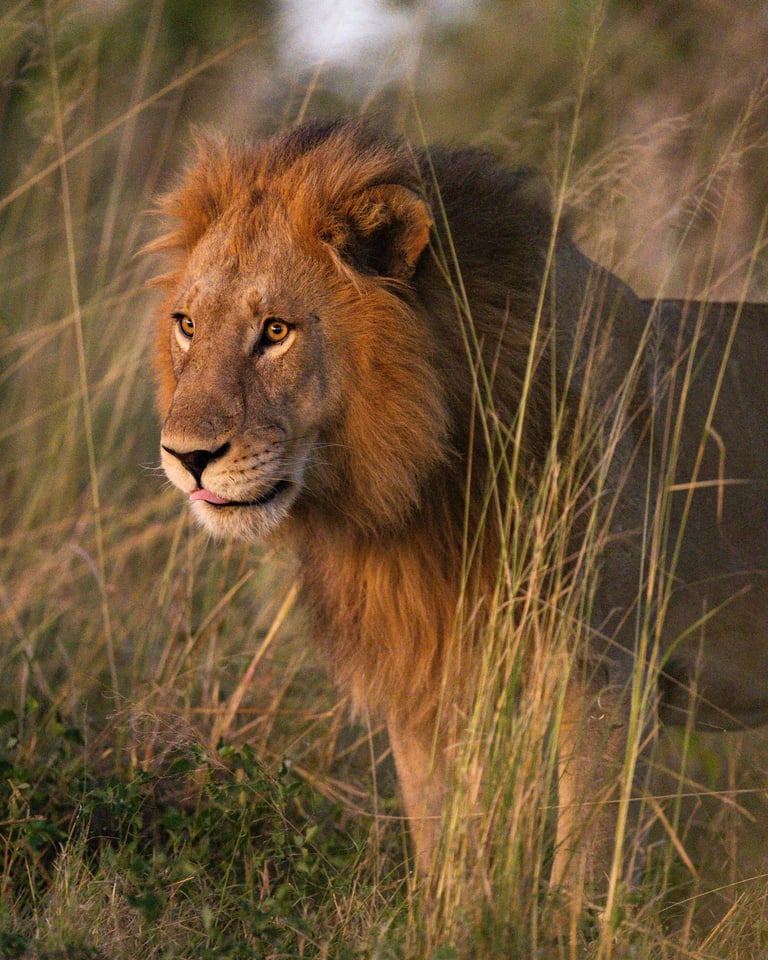 NIKON Z 9 + NIKKOR Z 400mm f/2.8 TC VR S @ 400mm, ISO 16000, 1/125, f/2.8
NIKON Z 9 + NIKKOR Z 400mm f/2.8 TC VR S @ 400mm, ISO 16000, 1/125, f/2.8I was already pushing the gear to the maximum for that photo, capturing a moving lion at 400mm, f/2.8, 1/125 second, and ISO 16,000. A shot like this wouldn’t have been possible with most other supertelephoto lenses, even gems like a 500mm f/4 or a 600mm f/4. (A 300mm f/2.8 probably could have snagged it, but with more need to crop in post). A combination of proper handholding technique, a fast lens, and good old-fashioned luck was enough to capture an image that I’m happy with.
Biggest Gear Surprise?
I fully expected the 400mm f/2.8 to be amazing, and it was. What I didn’t expect was how much I would like the Tamron 35-150mm f/2-2.8. That lens is bright, sharp, and handles very well. I honestly thought beforehand that bringing a 24-70mm and 70-200mm f/2.8 would be a better combination, but I’m glad I had this instead. The long range and bright maximum aperture meant I didn’t need to change lenses very often and could carry a lighter bag. I could see this being a workhorse lens in a variety of applications (see my earlier article on a single-lens solution for wedding photography).
 NIKON Z 8 + TAMRON 35-150mm F/2-2.8 Di III VXD A058Z @ 62mm, ISO 125, 1/1000, f/2.5
NIKON Z 8 + TAMRON 35-150mm F/2-2.8 Di III VXD A058Z @ 62mm, ISO 125, 1/1000, f/2.5Our first night, I woke up around 2 am, and there was a small heard of elephants less than ten feet from our tent! Talk about a surprising way to wake up! Our tent had a large window, and we were able to watch them graze and drink from inside our tent for about 30 minutes before they moved on. I didn’t get any photos (and they would have been too dark anyway), but experiencing that was truly unbelievable. There was even a baby that couldn’t have been more than a few weeks old. Wow!
The Kit I’d Bring Next Time?
If funds were no issue, I would of course bring the 400mm f/2.8 for all the reasons I described earlier, but I thought it would be fun to answer this question from a more budget-friendly perspective (not the cheapest possible, but what I think would be a good value for money). I think a good general kit could be something like:
- Nikon Z8
- Nikon Z6 III
- Nikon 180-600mm f/5.6-6.3
- Tamron 35-150mm f/2-2.8
This kit would give you a (nearly) continuous range from 35-600mm with good image quality. You would definitely be sacrificing some brightness on the long end, but you’d need to switch to a prime lens to fix that. If you wanted to include a prime, I could see removing the 180-600 and add the 400 4.5 instead (this wouldn’t be ideal if you were more into birding, but for larger mammals this would be sufficient in many cases). You could also look at something like the Nikon Z 600mm 6.3, but that isn’t any brighter. It’s smaller and sharper, but you’d still want an additional lens like the 100-400mm f/4.5-5.6 to pair with it.
All of that is coming from the Nikon Z perspective. For Sony E, I would go with the same Tamron 35-150mm f/2-2.8 and pair it with the Sony 200-600mm f/5.6-6.3. For Canon RF, the answers are a little less clear (at least if you’re trying to stay on a budget), but probably the RF 24-105mm f/4 with the RF 100-500mm f/4.5-7.1. Finally, Nikon and Canon DSLR users have almost an endless array of options. It’s beyond the scope of this article to speculate, but I would at least consider the Nikon 70-200mm f/2.8 paired with the Nikon 500mm f/5.6 PF.
If money is no issue, you can’t go wrong with the 400mm f/2.8 from whatever camera brand you shoot. A 300mm f/2.8 would be a good substitute to save some money, or a 600mm f/4 if you need more reach (as discussed earlier in this article).
 NIKON Z 9 + NIKKOR Z 400mm f/2.8 TC VR S @ 400mm, ISO 1800, 1/800, f/2.8
NIKON Z 9 + NIKKOR Z 400mm f/2.8 TC VR S @ 400mm, ISO 1800, 1/800, f/2.8Advice/Final Thoughts
I’ll give a few final pointers in a quick list format:
- If at all possible, go on a tour with six guests or fewer. I know that budgets vary widely, but if you can, I think picking a safari that keeps it to a smaller group is worth it. This is because most vehicles have 3 passenger rows, with three seats each (so up to nine people). Six people is the magic number so everyone gets a “window” seat, and the middle seat next to you is empty for storing your backup camera.
- Listen to your guide. In many cases, they have lived in that area their whole lives. There were multiple times where the guide would say something like “I bet the momma stashed her baby cubs in those bushes up there while she went hunting”, and then sure enough, 5 minutes later, we were watching 3 adorable lion cubs play in the bushes. They really know what they are talking about!
- Listening to your guide also applies to safety. Your guide will give you a briefing about what to do and not do, and you need to follow these under all circumstances. It’s sad that every few months it seems like there’s a news story of someone being killed in Africa on safari. Most of the times, this is because that person did something they shouldn’t do (like get out of the vehicle). No photo is worth that type of risk.
- Don’t be afraid to tell your guide what you’d like to see, but also be open to whatever comes your way. If you go on safari saying “I want to see a leopard,” and you don’t see one, you’ll be disappointed, even if you saw a million other awesome things. Better to pick a place that has a lot of what you want to see, and then try to go with the flow once you’re there.
- If you book through a tour operator, ask questions! They are there to handle the logistics for you and make sure you have a great experience. We asked our operator a ton of questions, and she was extremely knowledgeable and responsive.
- Sync your camera’s date/time settings! I made a mistake here on day 1. We moved into a new time zone, and my Z9 auto updated, while my Z8 did not. When looking back after the fact at specific sequences, this is quite annoying. Fortunately, I noticed it that evening and adjusted.
- Don’t forget to put the camera down and enjoy the experience. I think this one is probably the most important advice I could give. Of course, we all want to get every possible great shot, but don’t forget that you are experiencing something that most people never do in their lives, so be sure to also enjoy the moment.
 NIKON Z 9 + NIKKOR Z 400mm f/2.8 TC VR S @ 400mm, ISO 64, 1/2000, f/2.8
NIKON Z 9 + NIKKOR Z 400mm f/2.8 TC VR S @ 400mm, ISO 64, 1/2000, f/2.8 NIKON Z 9 + NIKKOR Z 400mm f/2.8 TC VR S @ 400mm, ISO 160, 1/800, f/5.0
NIKON Z 9 + NIKKOR Z 400mm f/2.8 TC VR S @ 400mm, ISO 160, 1/800, f/5.0 NIKON Z 9 + NIKKOR Z 400mm f/2.8 TC VR S @ 400mm, ISO 64, 1/800, f/2.8
NIKON Z 9 + NIKKOR Z 400mm f/2.8 TC VR S @ 400mm, ISO 64, 1/800, f/2.8 NIKON Z 9 + NIKKOR Z 400mm f/2.8 TC VR S @ 400mm, ISO 1250, 1/800, f/2.8
NIKON Z 9 + NIKKOR Z 400mm f/2.8 TC VR S @ 400mm, ISO 1250, 1/800, f/2.8 NIKON Z 9 + NIKKOR Z 400mm f/2.8 TC VR S @ 400mm, ISO 100, 1/800, f/2.8
NIKON Z 9 + NIKKOR Z 400mm f/2.8 TC VR S @ 400mm, ISO 100, 1/800, f/2.8 NIKON Z 9 + NIKKOR Z 400mm f/2.8 TC VR S @ 400mm, ISO 280, 1/800, f/5.0
NIKON Z 9 + NIKKOR Z 400mm f/2.8 TC VR S @ 400mm, ISO 280, 1/800, f/5.0 NIKON Z 8 + TAMRON 150-500mm F/5-6.7 Di III VC VXD A057Z @ 290mm, ISO 200, 1/1000, f/5.6
NIKON Z 8 + TAMRON 150-500mm F/5-6.7 Di III VC VXD A057Z @ 290mm, ISO 200, 1/1000, f/5.6 NIKON Z 8 + TAMRON 150-500mm F/5-6.7 Di III VC VXD A057Z @ 150mm, ISO 2000, 1/800, f/5.0
NIKON Z 8 + TAMRON 150-500mm F/5-6.7 Di III VC VXD A057Z @ 150mm, ISO 2000, 1/800, f/5.0 NIKON Z 8 + TAMRON 35-150mm F/2-2.8 Di III VXD A058Z @ 150mm, ISO 100, 1/1250, f/2.8
NIKON Z 8 + TAMRON 35-150mm F/2-2.8 Di III VXD A058Z @ 150mm, ISO 100, 1/1250, f/2.8 NIKON Z 9 + NIKKOR Z 400mm f/2.8 TC VR S @ 400mm, ISO 1250, 1/800, f/2.8
NIKON Z 9 + NIKKOR Z 400mm f/2.8 TC VR S @ 400mm, ISO 1250, 1/800, f/2.8I hope that a look at my first safari has been interesting to you – and if you are looking into doing a safari yourself, I hope it’s been helpful. If you have any questions, or if you are a safari veteran and want to share your thoughts as well, please leave them in the comments below!

 3 weeks ago
8
3 weeks ago
8
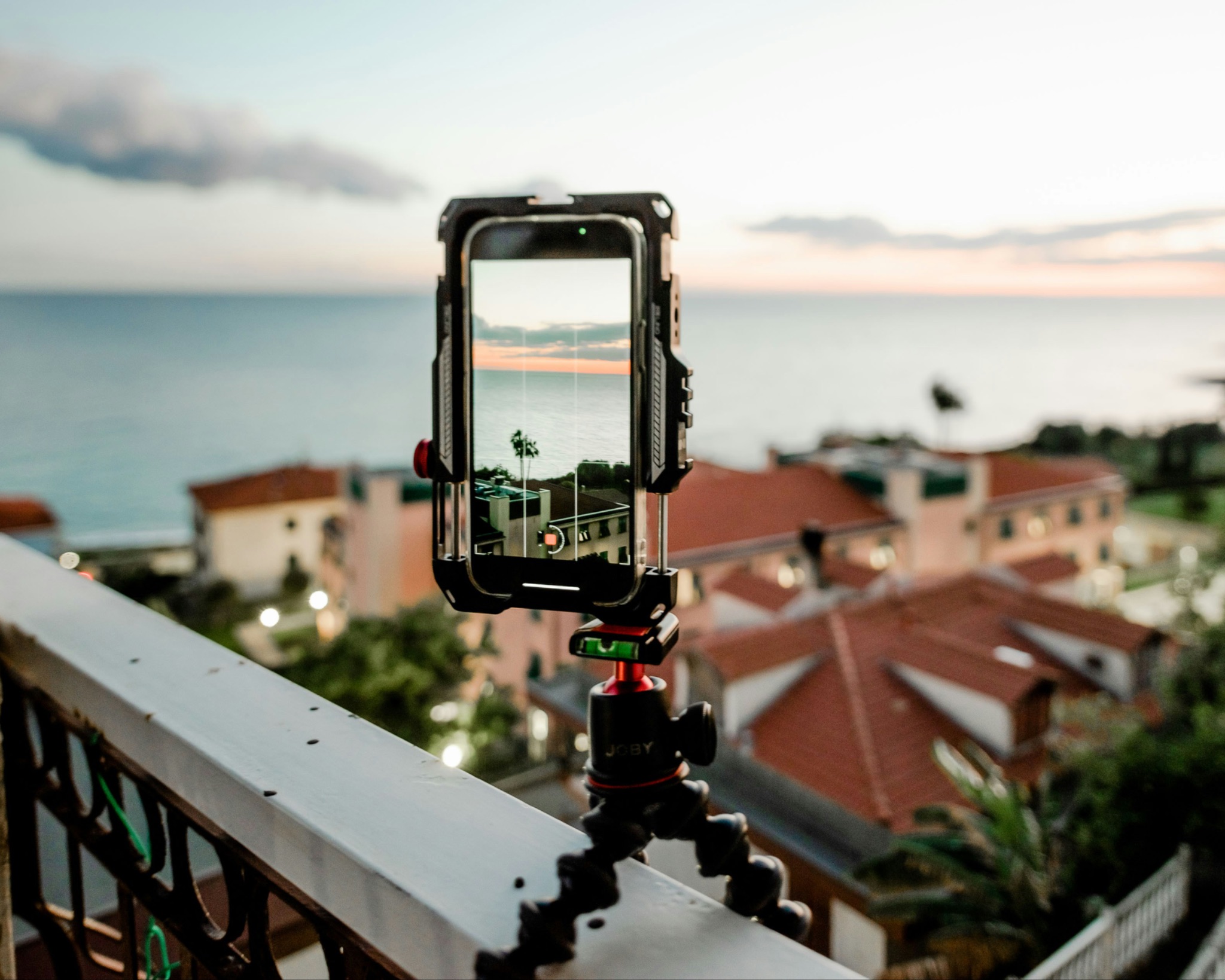


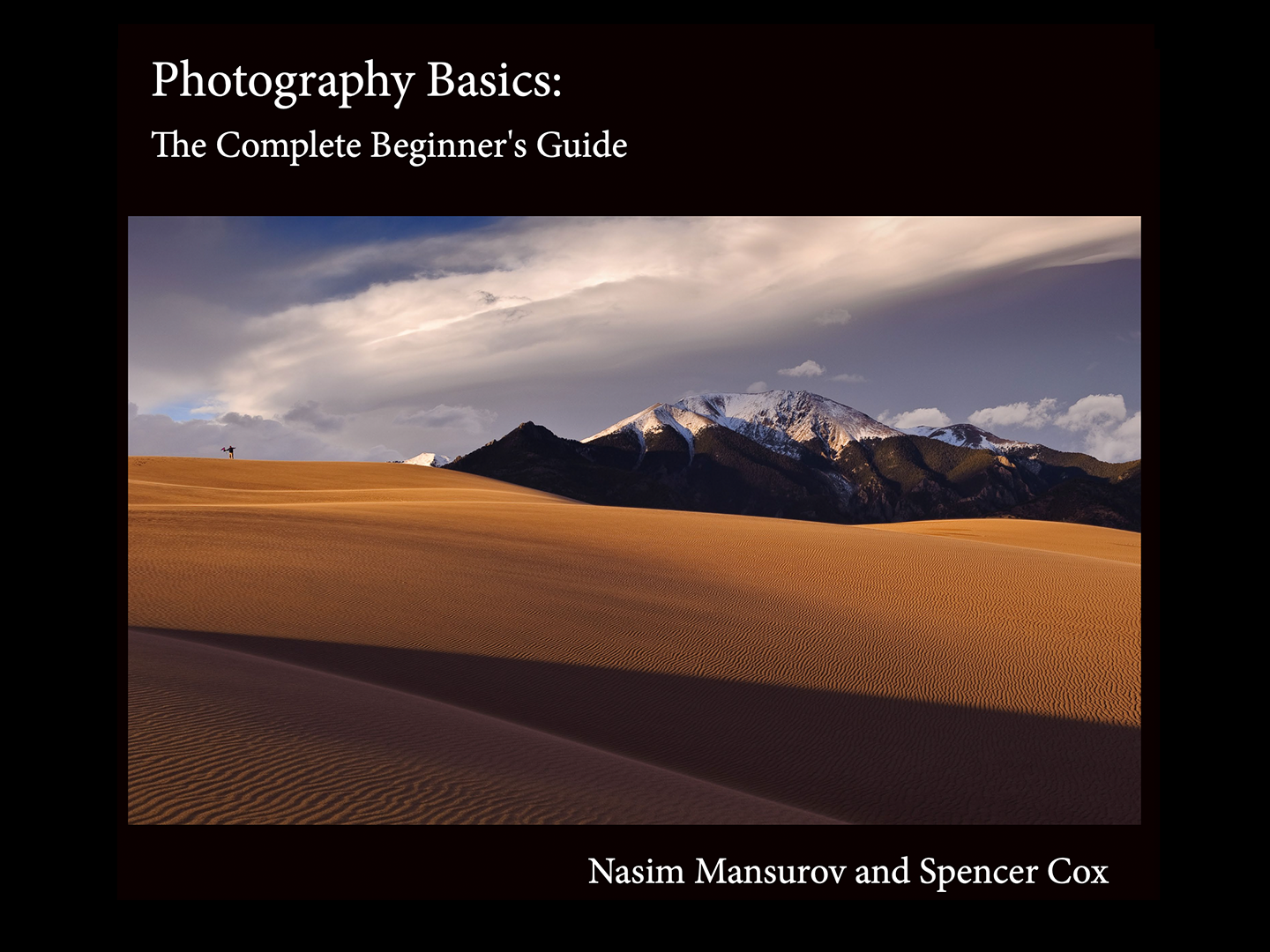
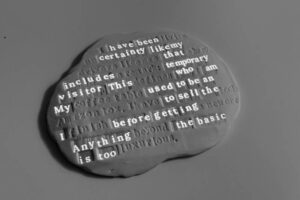
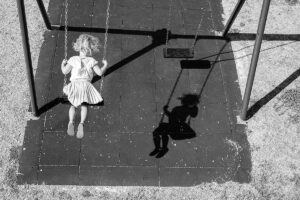


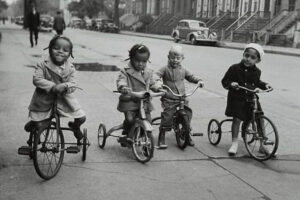
 English (US) ·
English (US) ·